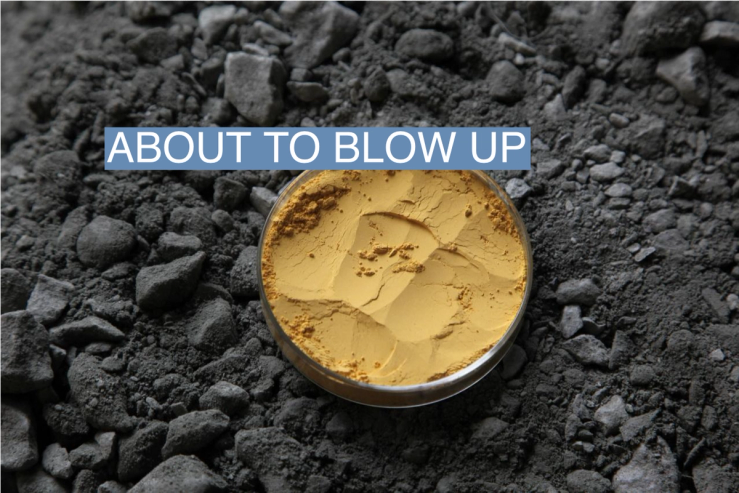The News
The price of uranium hit $92.50 per pound, its highest level since 2007 as supply chain issues, nuclear expansion plans, and geopolitical tensions have all combined to create a dramatic surge in uranium prices. The price per pound has more than doubled since Russia’s invasion of Ukraine in Feb. 2022.
The uranium market is expected to continue heating up, and prices could hit over $100, analysts from Bank of America and Berenberg Bank have projected.
SIGNALS
Problems in Niger and Kazakhstan have kept production levels down
The global demand for uranium has outstripped supply as key producers have faced problems. Niger’s uranium exports plummeted after a coup last year, and it is unclear when or even if the country will be able to resume exports at the same level. The country was the EU’s second largest source of natural uranium in 2022. Kazakhstan, the world’s leading uranium producer, has also faced issues, as a shortage of the sulfuric acid used for extraction has suppressed production levels. Cameco, one of the world’s biggest producers, has said it may have to buy uranium to meet its obligations to customers. But high uranium prices mean that producers have incentives to ramp up production and open new mines, a report from the asset manager Sprott said.
Promises at COP28 raise nuclear hype, but it’s unclear if countries will follow through
Investors have also been attracted to uranium due to bold promises at the COP28 climate summit in Dec. 2023, where more than 20 nations promised to triple their nuclear energy production by 2050. The declaration committed countries including the U.S., France, and South Korea to encourage nuclear investments and extend the life cycle of existing plants. Even so, experts are skeptical that the promises will pan out: “Judging by the international nuclear industry’s performance over the past two decades, it is impossible,” nuclear analyst Mycle Schneider told Reuters.
US and Europe struggle to cut back on Russian uranium dependence
Russia owns roughly 40% of the world’s uranium enrichment capacity, making it a dominant player in nuclear supply chains across the globe. While the U.S. and EU have raced to cut back on imports of Russian oil, gas, and coal, Russia supplies 30% of the EU’s enriched uranium demand and about a quarter of the enriched uranium purchased by U.S. nuclear reactors. Rebuilding nuclear supply chains is a complex task, with industry insiders telling Bloomberg it will likely take five years to replace Russia’s role as a key global supplier. In December, the U.S. House of Representatives passed legislation barring the import of enriched Russian uranium but allowing a temporary waiver until 2028. Several senators have said they believe the legislation will pass the Senate. The White House has said it supports a ban alongside increased funding for domestic uranium enrichment. The U.S. spends roughly $1 billion a year on Russian nuclear fuel, lawmakers have said.



